
An estimated two billion cups of coffee are consumed globally every day. Whether brewed at home, picked up at a drive-through, or fashioned by a favorite barista, coffee is one of the most popular beverages in the world, and for many people, a crucial component to a productive day. (Love a great cup of joe? Check out the best coffee cities in America.)
How did coffee become so ubiquitous? Native to the Ethiopian highlands, the coffee plant largely made its way around the world in the 17th century as European colonial powers established plantations in Latin America, Asia, and Africa to fuel Europe’s growing taste for the caffeinated drink. Coffee has since grown to become one of the major globally traded commodities. (Here are the Starbucks capitals of America.)
It is grown mostly in the Global South and consumed mostly in the Global North. The EU and the United States make up the world’s largest coffee market, both importing and consuming the most coffee. Because coffee is normally exported from the producing country before any value is added – meaning while the beans are still unroasted – coffee producing countries receive a small fraction of the end value of the crop.
24/7 Tempo has compiled the countries exporting the most coffee in the world, after reviewing trade map data from the International Trade Centre. Countries were ranked based on the quantity of coffee exported in 2020, including raw (green) or roasted beans, coffee husks and skins, and coffee substitutes containing coffee in any proportion. The countries on the list generally fall into two categories: growers and re-exporters.
About a third of the countries listed do not actually grow coffee, but rather import green coffee beans, roast them, then export them again. (In the case of Belgium, which serves as the major trade hub for green coffee beans in Europe, the beans are imported, stored in Antwerp, then re-exported).
The major re-exporters are all in the Global North, Germany and Italy being the largest importers of green coffee beans in Europe as well as significant exporters. Of the countries on the list that do grow coffee, all are in the Global South.
Click here to see where the world’s coffee comes from
Two of the three largest grower-exporters, Colombia and Brazil, are former colonies that utilized slave labor until it was abolished (in the 1850s in Colombia and 1880s in Brazil). Despite this, both countries, as well as Vietnam, the third largest grower-exporter, have come under scrutiny in the last two decades for utilizing forced or child labor. In addition, the Vietnamese government was criticized in the early 2000s for displacing indigenous Montagnard people, in order to confiscate their lands to create state-run coffee farms.
There are problems in other coffee-growing countries, too. A report issued in 2018 by the U.S. Bureau of International Labor Affairs cited human rights abuses in 17 coffee-producing countries, mostly against coffee farm workers and their families. As consumers become more interested in the transparency of labor practices and traceability of the supply and value chain, coffee companies are taking note and putting more effort into certifying fair labor and trade practices – though these initiatives often fall short of their stated goals.

28. Papua New Guinea
> Coffee exported in 2020: 40,278 tons
> Value of exports: $131,179,000
> Chg. in exports, 2016-2020: -8%
> Pct. of total world coffee exports: 0.4%
[in-text-ad]

27. Côte d’Ivoire
> Coffee exported in 2020: 42,161 tons
> Value of exports: $61,045,000
> Chg. in exports, 2016-2020: +28%
> Pct. of total world coffee exports: 0.2%

26. Lao People’s Democratic Republic
> Coffee exported in 2020: 42,616 tons
> Value of exports: $116,051,000
> Chg. in exports, 2016-2020: -2%
> Pct. of total world coffee exports: 0.3%
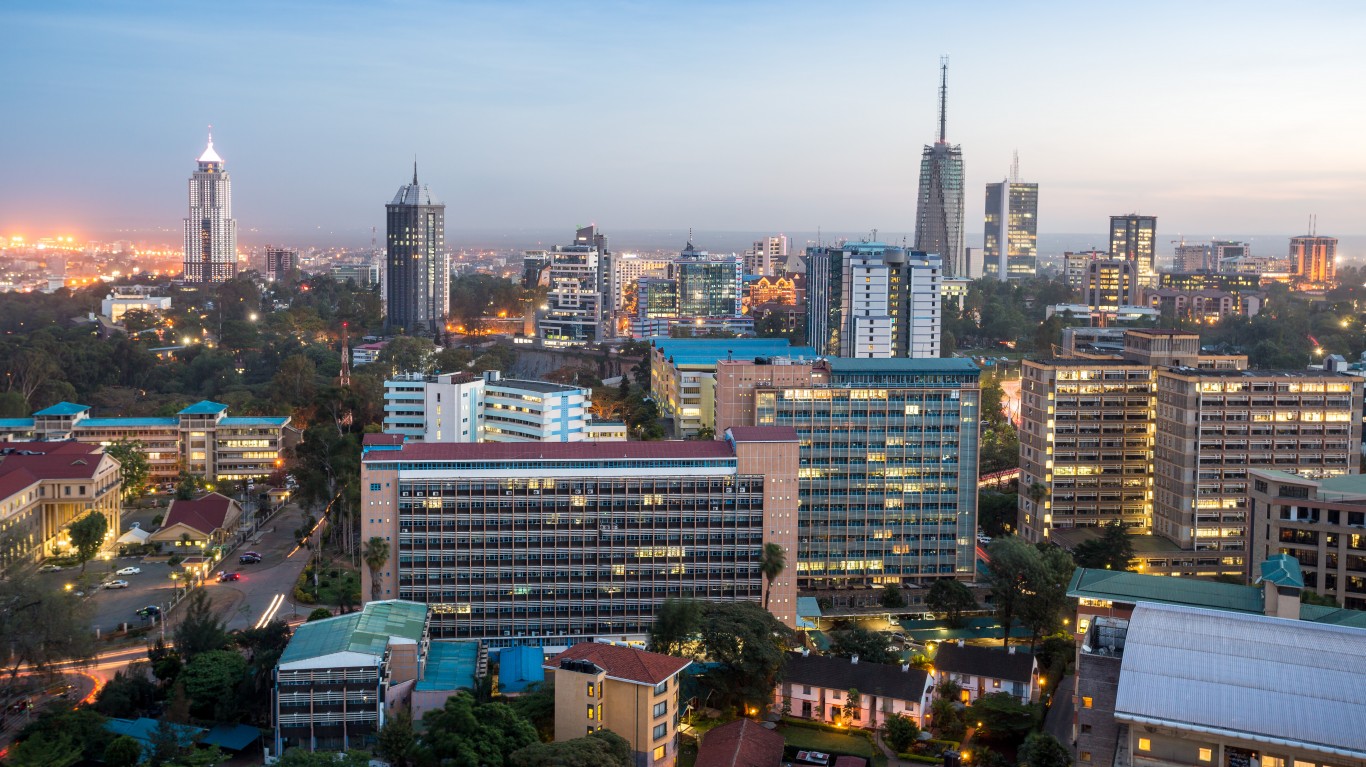
25. Kenya
> Coffee exported in 2020: 45,352 tons
> Value of exports: $215,808,000
> Chg. in exports, 2016-2020: +1%
> Pct. of total world coffee exports: 0.6%
[in-text-ad-2]

24. China
> Coffee exported in 2020: 50,605 tons
> Value of exports: $137,574,000
> Chg. in exports, 2016-2020: -17%
> Pct. of total world coffee exports: 0.4%

23. Spain
> Coffee exported in 2020: 59,148 tons
> Value of exports: $290,763,000
> Chg. in exports, 2016-2020: +2%
> Pct. of total world coffee exports: 0.9%
[in-text-ad]

22. France
> Coffee exported in 2020: 63,890 tons
> Value of exports: $1,418,031,000
> Chg. in exports, 2016-2020: +15%
> Pct. of total world coffee exports: 4.2%
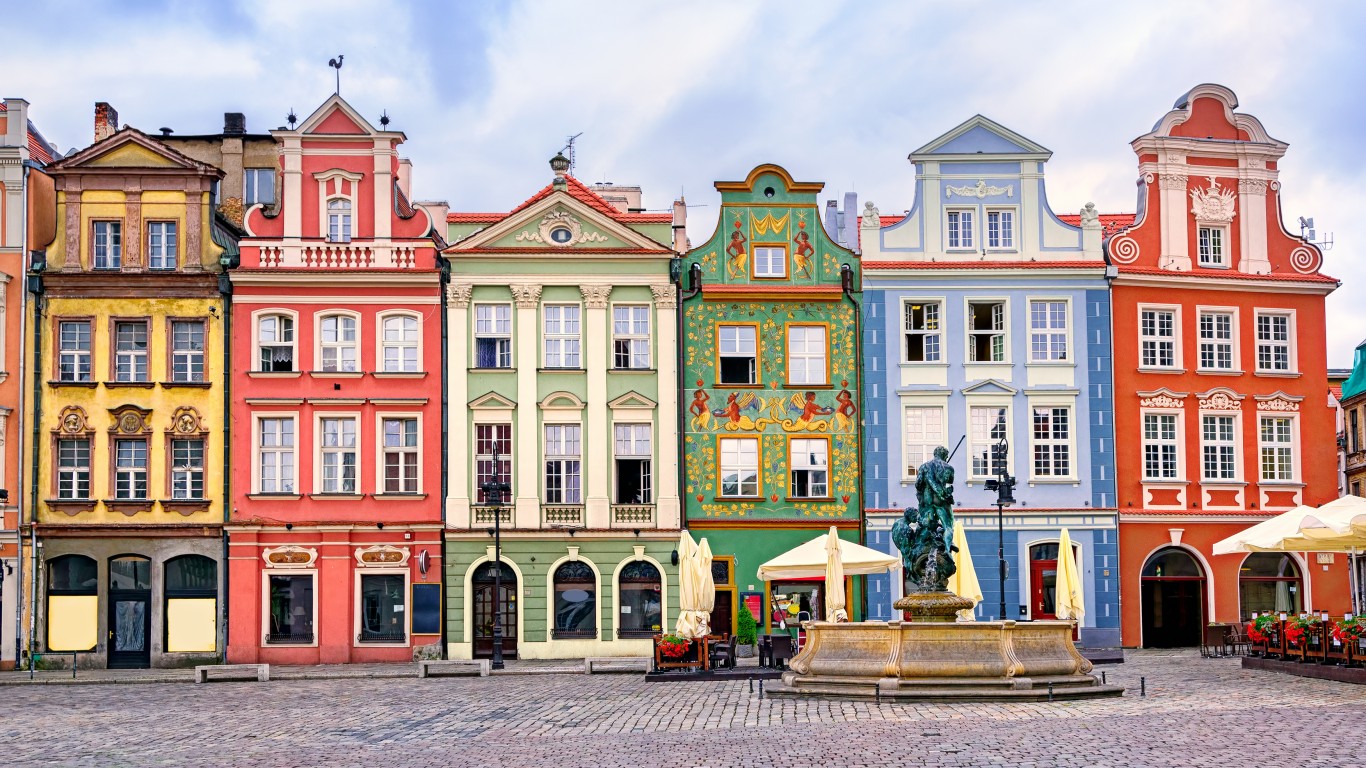
21. Poland
> Coffee exported in 2020: 64,555 tons
> Value of exports: $357,939,000
> Chg. in exports, 2016-2020: +1%
> Pct. of total world coffee exports: 1.1%

20. Canada
> Coffee exported in 2020: 64,658 tons
> Value of exports: $477,931,000
> Chg. in exports, 2016-2020: +1%
> Pct. of total world coffee exports: 1.4%
[in-text-ad-2]

19. United Republic of Tanzania
> Coffee exported in 2020: 66,068 tons
> Value of exports: $148,242,000
> Chg. in exports, 2016-2020: +9%
> Pct. of total world coffee exports: 0.4%
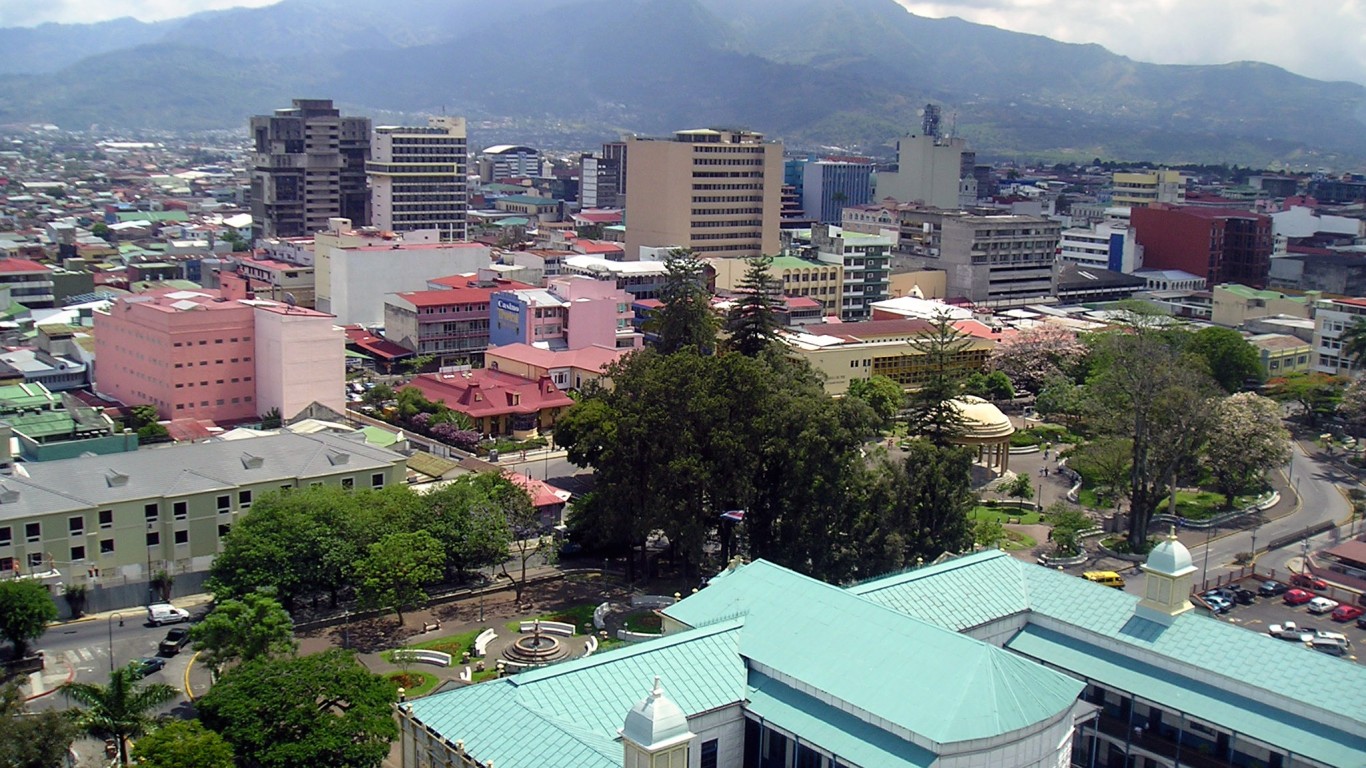
18. Costa Rica
> Coffee exported in 2020: 70,130 tons
> Value of exports: $328,998,000
> Chg. in exports, 2016-2020: -2%
> Pct. of total world coffee exports: 1%
[in-text-ad]

17. Switzerland
> Coffee exported in 2020: 97,921 tons
> Value of exports: $2,856,689,000
> Chg. in exports, 2016-2020: +9%
> Pct. of total world coffee exports: 8.5%
16. United States of America
> Coffee exported in 2020: 110,035 tons
> Value of exports: $785,860,000
> Chg. in exports, 2016-2020: -4%
> Pct. of total world coffee exports: 2.3%

15. Netherlands
> Coffee exported in 2020: 120,356 tons
> Value of exports: $799,494,000
> Chg. in exports, 2016-2020: +7%
> Pct. of total world coffee exports: 2.4%
[in-text-ad-2]
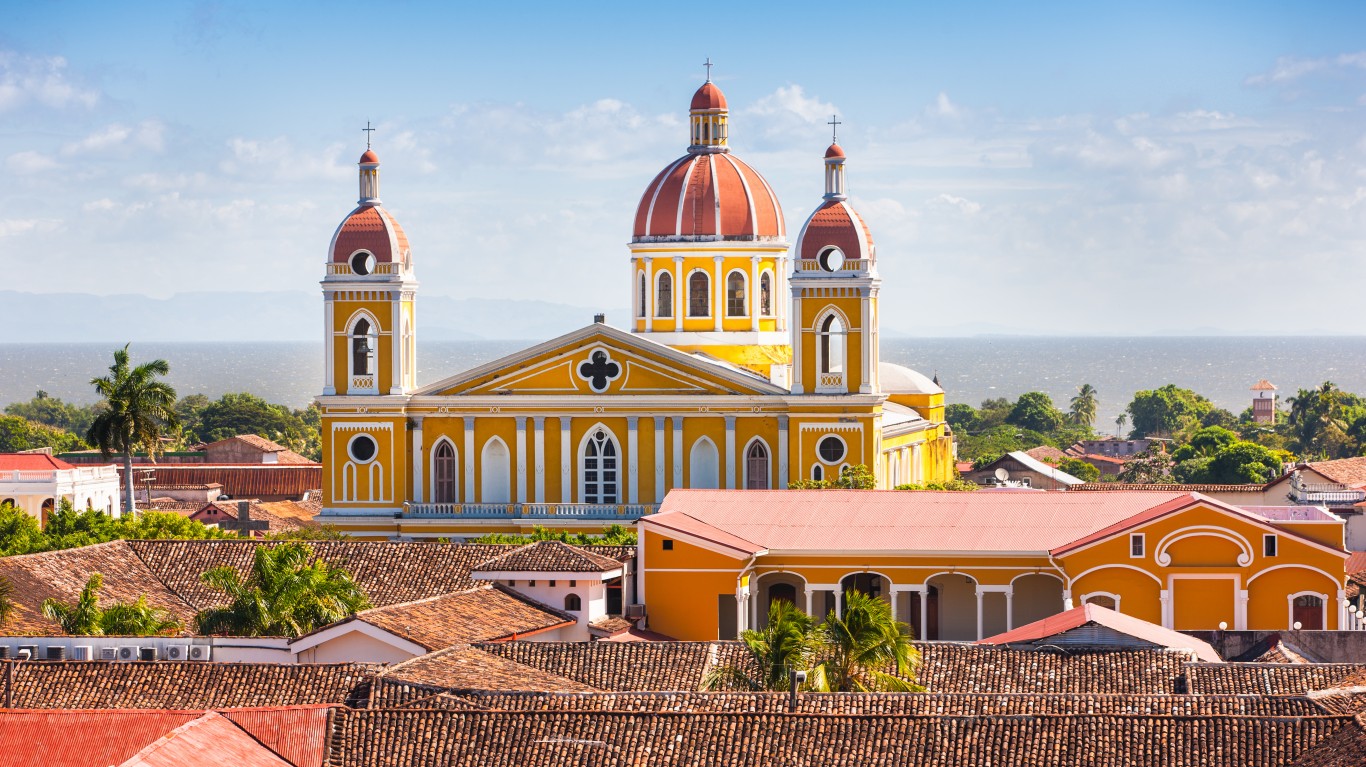
14. Nicaragua
> Coffee exported in 2020: 150,297 tons
> Value of exports: $440,079,000
> Chg. in exports, 2016-2020: +6%
> Pct. of total world coffee exports: 1.3%

13. Guatemala
> Coffee exported in 2020: 188,425 tons
> Value of exports: $651,796,000
> Chg. in exports, 2016-2020: +1%
> Pct. of total world coffee exports: 1.9%
[in-text-ad]
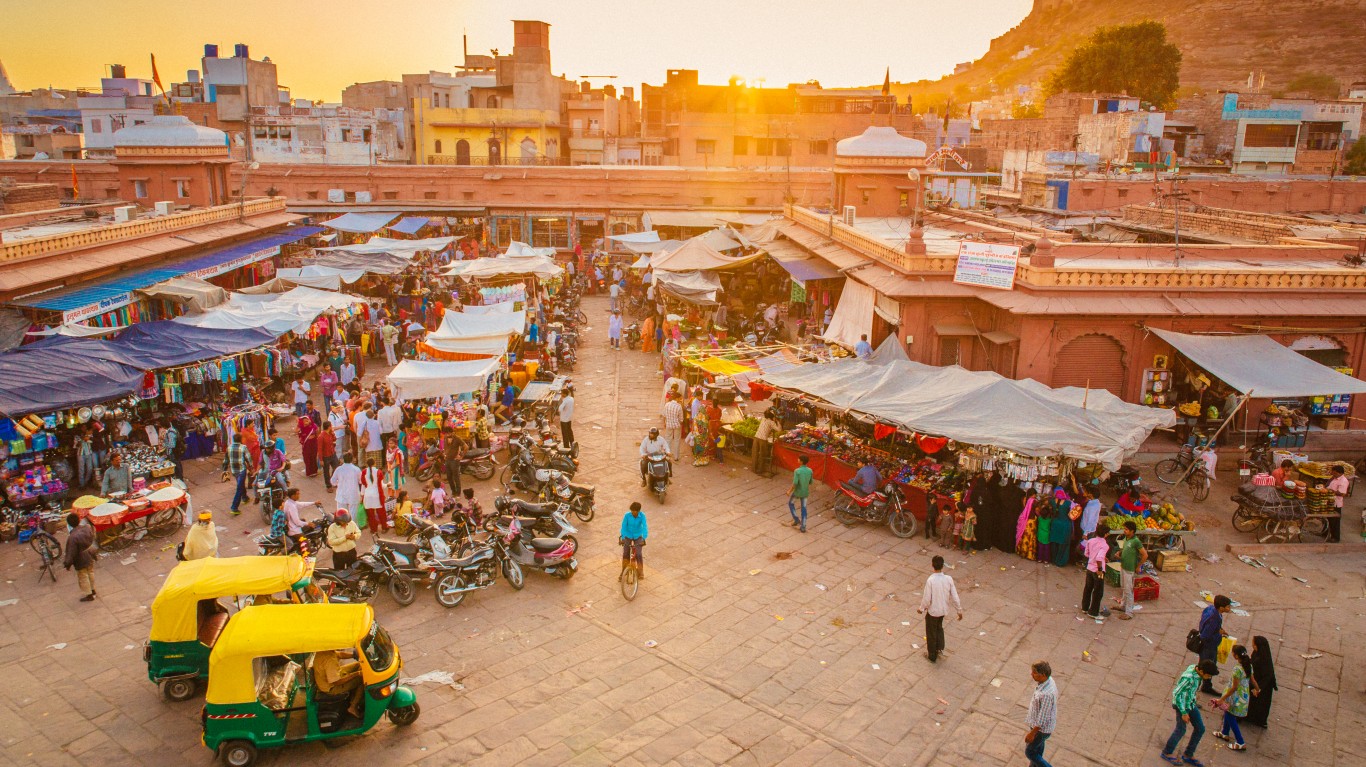
12. India
> Coffee exported in 2020: 207,259 tons
> Value of exports: $464,604,000
> Chg. in exports, 2016-2020: -5%
> Pct. of total world coffee exports: 1.4%

11. Peru
> Coffee exported in 2020: 213,385 tons
> Value of exports: $640,727,000
> Chg. in exports, 2016-2020: -3%
> Pct. of total world coffee exports: 1.9%

10. Ethiopia
> Coffee exported in 2020: 231,725 tons
> Value of exports: $795,756,000
> Chg. in exports, 2016-2020: +4%
> Pct. of total world coffee exports: 2.4%
[in-text-ad-2]

9. Italy
> Coffee exported in 2020: 253,960 tons
> Value of exports: $1,699,088,000
> Chg. in exports, 2016-2020: +6%
> Pct. of total world coffee exports: 5.1%

8. Belgium
> Coffee exported in 2020: 279,299 tons
> Value of exports: $904,851,000
> Chg. in exports, 2016-2020: +3%
> Pct. of total world coffee exports: 2.7%
[in-text-ad]

7. Uganda
> Coffee exported in 2020: 330,313 tons
> Value of exports: $515,534,000
> Chg. in exports, 2016-2020: +9%
> Pct. of total world coffee exports: 1.5%

6. Honduras
> Coffee exported in 2020: 375,084 tons
> Value of exports: $1,123,576,000
> Chg. in exports, 2016-2020: +4%
> Pct. of total world coffee exports: 3.4%

5. Indonesia
> Coffee exported in 2020: 379,354 tons
> Value of exports: $821,937,000
> Chg. in exports, 2016-2020: -4%
> Pct. of total world coffee exports: 2.5%
[in-text-ad-2]
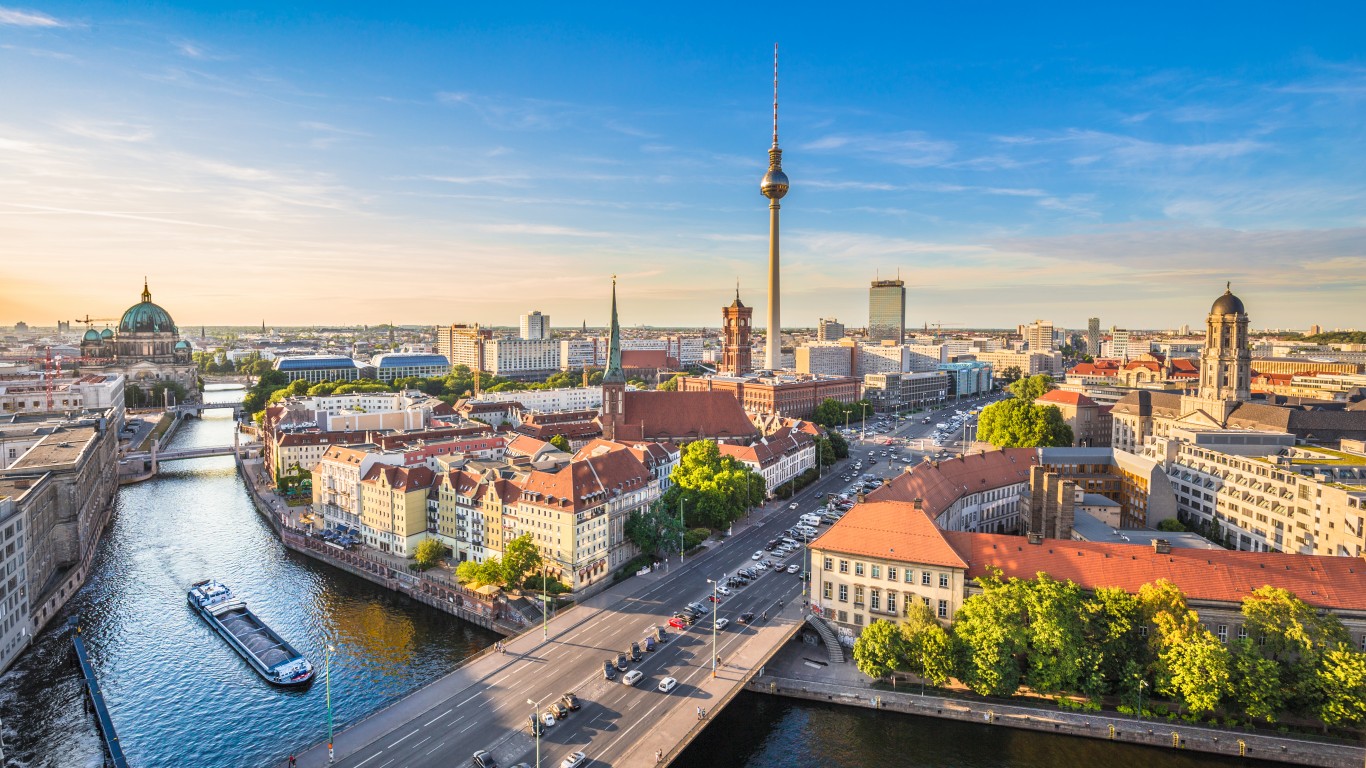
4. Germany
> Coffee exported in 2020: 585,124 tons
> Value of exports: $2,582,833,000
> Chg. in exports, 2016-2020: +2%
> Pct. of total world coffee exports: 7.7%
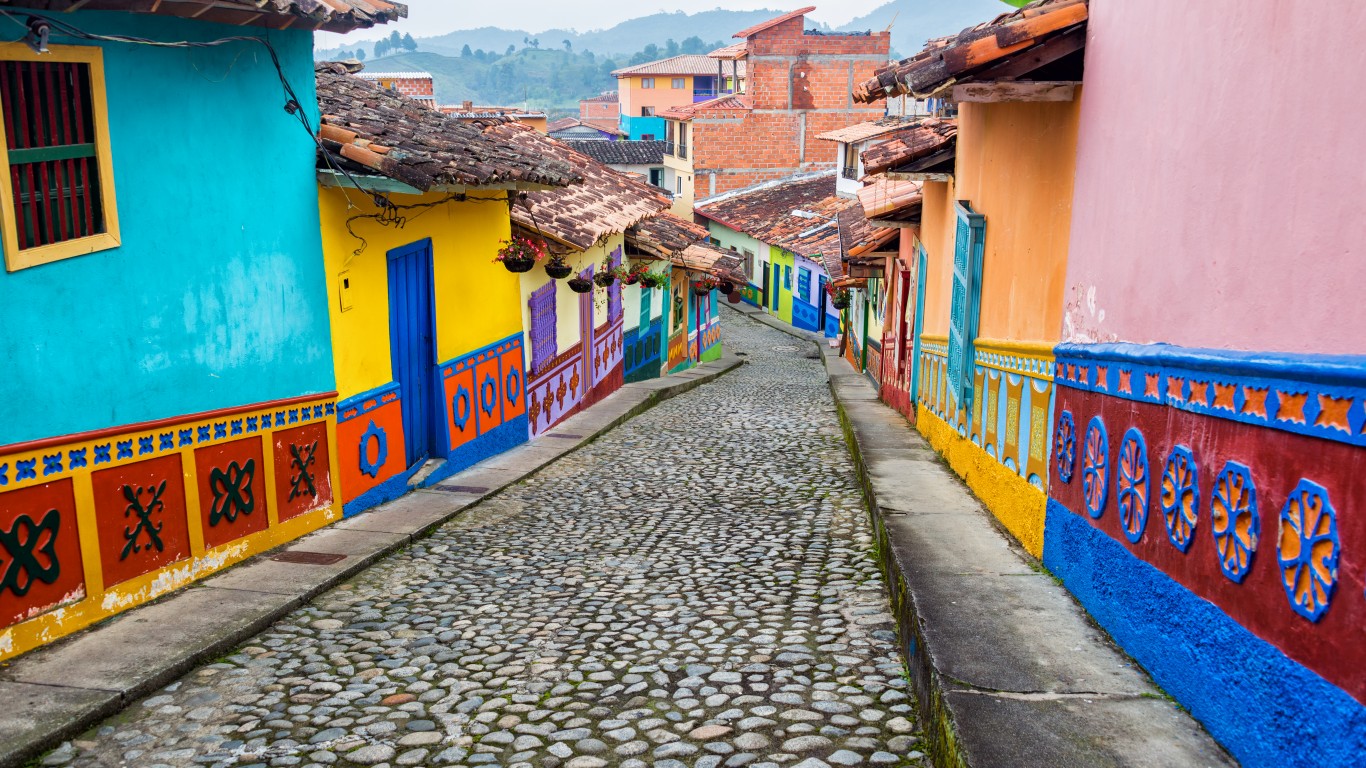
3. Colombia
> Coffee exported in 2020: 706,242 tons
> Value of exports: $2,522,878,000
> Chg. in exports, 2016-2020: +0%
> Pct. of total world coffee exports: 7.5%
[in-text-ad]

2. Vietnam
> Coffee exported in 2020: 1,241,229 tons
> Value of exports: $1,976,606,000
> Chg. in exports, 2016-2020: -6%
> Pct. of total world coffee exports: 5.9%

1. Brazil
> Coffee exported in 2020: 2,379,069 tons
> Value of exports: $4,996,305,000
> Chg. in exports, 2016-2020: +9%
> Pct. of total world coffee exports: 14.9%
In 20 Years, I Haven’t Seen A Cash Back Card This Good
After two decades of reviewing financial products I haven’t seen anything like this. Credit card companies are at war, handing out free rewards and benefits to win the best customers.
A good cash back card can be worth thousands of dollars a year in free money, not to mention other perks like travel, insurance, and access to fancy lounges.
Our top pick today pays up to 5% cash back, a $200 bonus on top, and $0 annual fee. Click here to apply before they stop offering rewards this generous.
Flywheel Publishing has partnered with CardRatings for our coverage of credit card products. Flywheel Publishing and CardRatings may receive a commission from card issuers.
Thank you for reading! Have some feedback for us?
Contact the 24/7 Wall St. editorial team.
 24/7 Wall St.
24/7 Wall St.
 24/7 Wall St.
24/7 Wall St. 24/7 Wall St.
24/7 Wall St.

